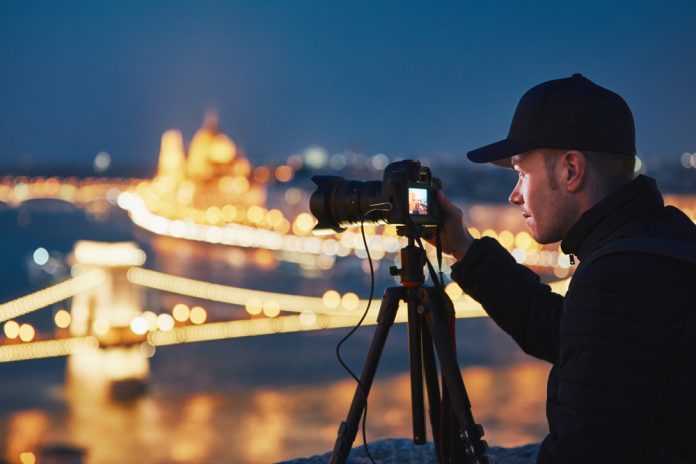Have you ever missed the perfect moment because your camera focused on the wrong thing? Maybe you were trying to capture someone’s eyes, but your camera focused on the background instead. Or perhaps you had to recompose your shot, only to lose the focus you carefully set.
If that sounds familiar, back-button focusing could change the way you shoot. It’s one of the simplest customizations you can make to your camera—and one of the most powerful. Back-button focusing separates your focusing function from the shutter button, giving you more control and consistency.
In this guide, we’ll explore what back-button focusing is, why it’s useful, and how to set it up on your camera. If you’re new to the idea, don’t worry—we’ll walk through it step-by-step so you can start using this tool to level up your photography.
Table of Contents
- What Is Back-Button Focusing?
- Why Use Back-Button Focusing?
- When Back-Button Focusing Works Best
- How to Set Up Back-Button Focusing
- Tips for Getting Comfortable With Back-Button Focusing
- When to Skip Back-Button Focusing
- Final Thoughts: Is It Right for You?
- FAQ: Back-Button Focusing
What Is Back-Button Focusing?

Photo by Stas Knop via Shutterstock (modified by PhotographyTalk Staff)
Back-button focusing is a method that lets you focus your camera using a button on the back—usually labeled AF-ON or AE-L/AF-L—instead of the shutter button. By separating focus from the shutter release, you gain more control over your camera’s autofocus system.
Normally, when you half-press the shutter button, your camera focuses on the subject. But with back-button focusing, the shutter button only takes the photo. You handle focusing entirely with your thumb using the back button. It might sound like a small change, but it creates big opportunities for better photos.
This technique works with both single-shot (AF-S or One-Shot) and continuous (AF-C or AI-Servo) autofocus modes. Once it’s set up, you can switch between locking focus or tracking movement—all without changing your focus settings each time.For many photographers, back-button focusing becomes second nature. It simplifies the process and opens the door to more consistent, sharp shots—especially when photographing moving subjects or when recomposing.
Why Use Back-Button Focusing?
As Simon d’Entremont explains in the video above, there are several key benefits to using back-button focusing, especially for beginner photographers learning to control focus intentionally. First, it helps you lock focus once and recompose your shot without worrying about the camera refocusing when you press the shutter.
Imagine you’re taking a portrait. You focus on your subject’s eyes, then shift your composition slightly to follow the rule of thirds. With traditional shutter-focus, your camera might refocus when you press the shutter. Back-button focusing prevents that. Once you’ve locked focus, it stays put until you refocus manually.
Second, back-button focusing shines when you’re shooting moving subjects. Holding down the back button activates continuous autofocus, allowing the camera to track your subject as it moves. This is ideal for sports, wildlife, or kids running around the yard.
Finally, using the back button reduces unintentional focus changes. If you accidentally nudge the shutter button, your focus won’t shift. You get more consistent results—something that builds confidence and control over time.
When Back-Button Focusing Works Best
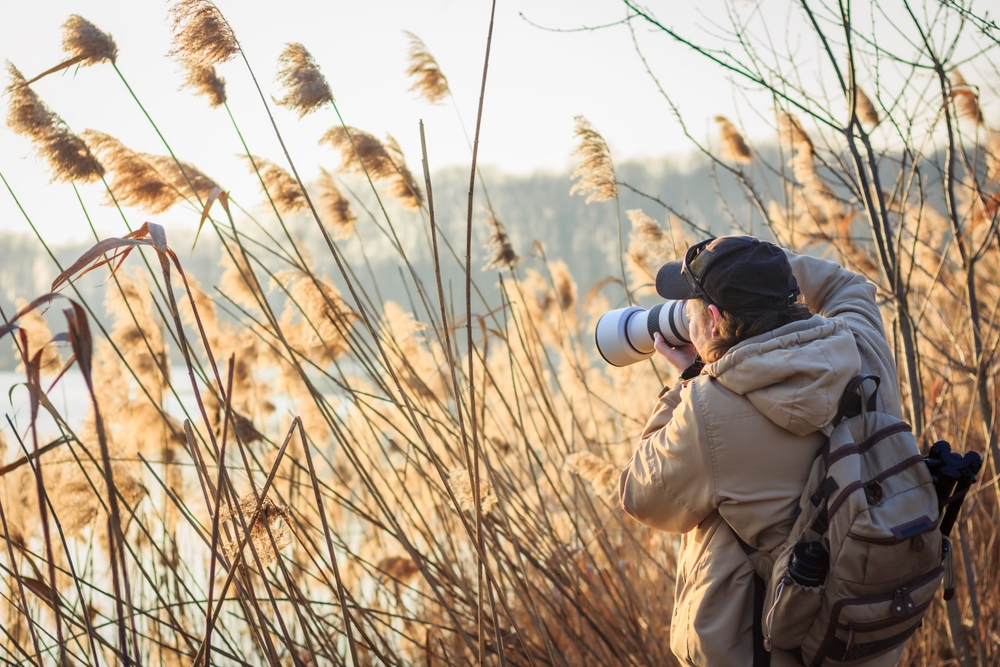
Photo by encierro via Shutterstock
Back-button focusing works well in a variety of shooting scenarios. For portrait photography, it allows you to focus once on your subject’s eyes, recompose the shot, and shoot multiple frames without losing that initial focus point.
For sports or wildlife photography, it’s even more powerful. You can keep the back button pressed to continuously track your subject’s movement. When you’re ready to shoot, just press the shutter—no refocusing needed.
Back-button focusing is also great for street photography. You can quickly focus on a scene, then wait for the right moment—a person walking into the frame, a bike zooming past—without having to refocus each time.
Even in landscape photography, where your subject doesn’t move, back-button focusing lets you lock focus and shoot without the risk of accidentally changing focus between shots. It’s a quiet way to work that simplifies your workflow.
How to Set Up Back-Button Focusing
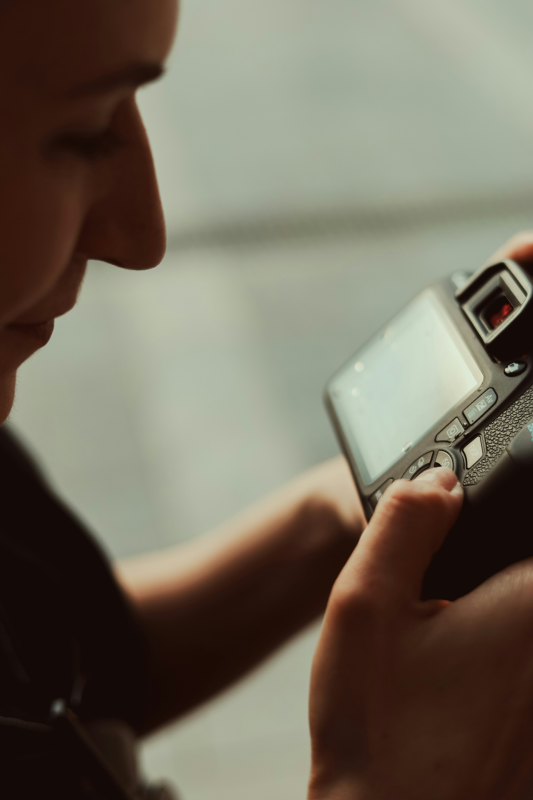
Photo by Richard Stachmann on Unsplash (license)
Setting up back-button focusing will vary slightly depending on your camera brand, but the basic steps are the same. First, go into your camera’s custom controls or button configuration menu. Look for the option to reassign autofocus (AF) to a button on the back of the camera—usually labeled AF-ON, AE-L/AF-L, or simply a customizable function button.
Next, disable autofocus from the shutter button. This setting is usually under the AF or shutter-release menu. Your goal is to stop the camera from focusing when you half-press the shutter.
Here’s a quick breakdown by brand:
- Canon: Assign AF to the AF-ON button and disable AF from the shutter in the Custom Functions menu.
- Nikon: Use the AE-L/AF-L or AF-ON button and adjust AF activation under the Custom Settings Menu.
- Sony: Go into the Custom Key Settings and assign AF-ON to a rear button. Turn off shutter AF in the AF/MF menu.
If your camera doesn’t have an AF-ON button, you can usually reassign another button to serve the same function. Check your user manual or the manufacturer’s website for model-specific instructions.
Once it’s set up, practice at home. Get a feel for pressing the back button with your thumb and the shutter with your index finger. It might feel odd at first, but it becomes second nature quickly.
Tips for Getting Comfortable With Back-Button Focusing
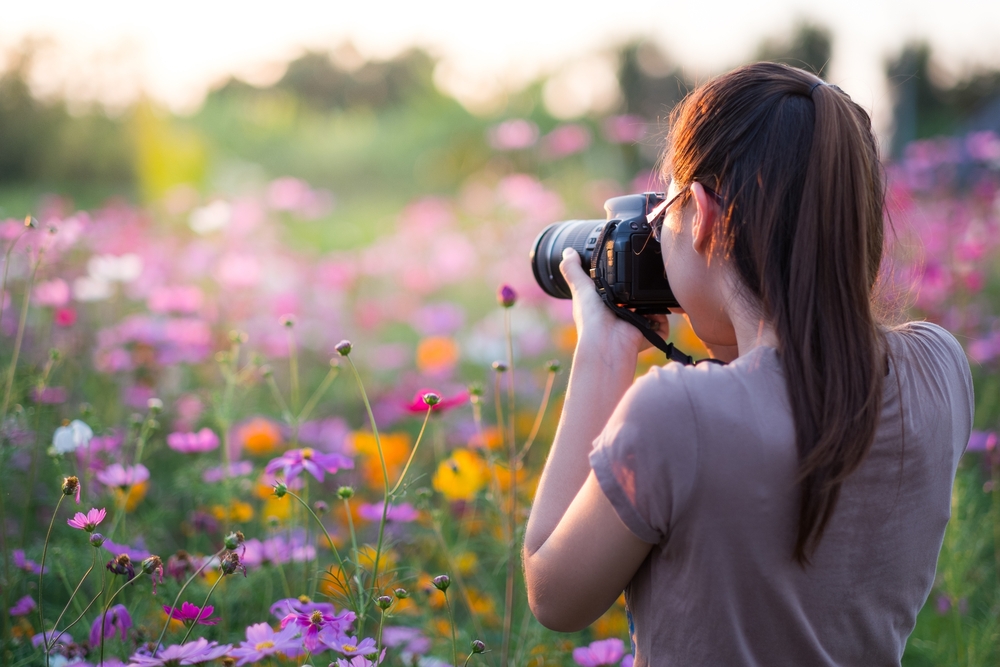
Photo by ANON MUENPROM via Shutterstock
Back-button focusing is a habit—and like any habit, it takes practice. Start by using it in low-pressure situations like around your house or yard. Also try photographing still subjects at first to get used to the mechanics of using back-button focusing.<
Make a commitment to use it consistently for at least a week. That will help your muscle memory adjust. Once it clicks, you’ll wonder how you ever focused any other way.If the default button feels awkward, see if your camera lets you reassign it. Some photographers prefer using a button closer to the right edge or top-right corner for easier access.
You can also combine back-button focusing with manual focus for even more control. Focus manually for tricky shots, then shoot without worrying about the camera refocusing on its own.
When to Skip Back-Button Focusing

Photo by DavideAngelini via Shutterstock
While back-button focusing is incredibly useful, it’s not always ideal. If you’re handing your camera to someone else—especially a non-photographer—they might struggle to understand why the shutter doesn’t focus.
Also, for quick casual shots where speed matters, such as at family gatherings or social events like family reunions, it might be easier to use the traditional method. Back-button focusing adds a step that not everyone wants in every scenario.
Some entry-level cameras don’t offer easy button customization. If it’s too much of a hassle to set up, you may prefer sticking with default settings until you upgrade.
That said, even using back-button focusing most of the time—and switching when needed—can greatly improve your photography workflow.
Final Thoughts: Is It Right for You?
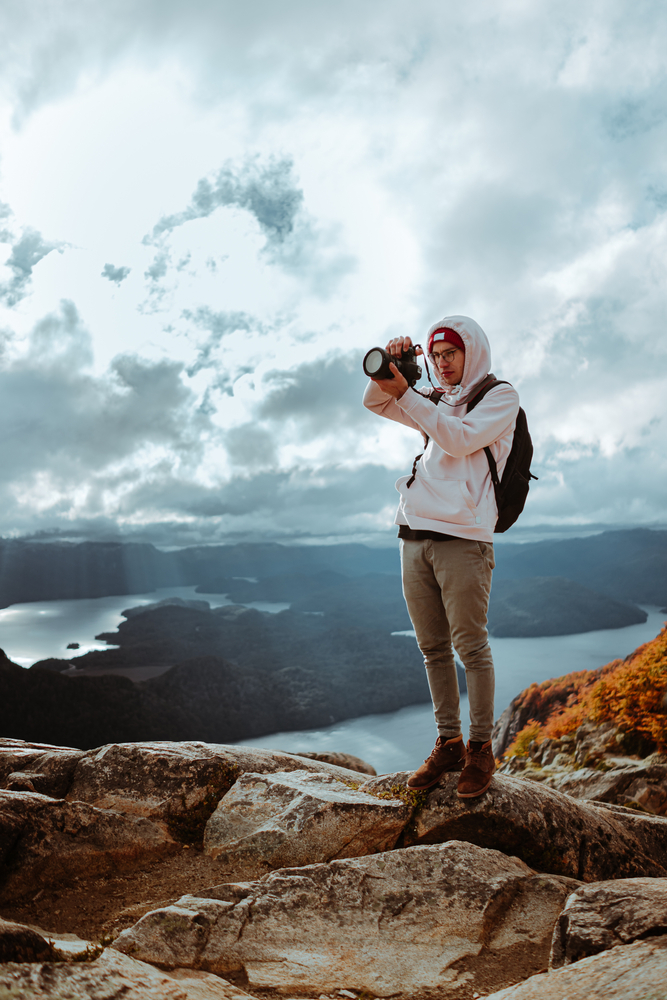
Photo by Oakland Images via Shutterstock
Back-button focusing gives you more control, more consistency, and fewer missed shots. It might feel strange at first, but once you make the switch and stick with it, it can completely change the way you shoot.
If you’ve struggled with focus accuracy, missed moments, or constantly changing focus modes, give back-button focusing a try. It’s a small shift with a big payoff.
Grab your camera, set it up, and start practicing today. Your future self will thank you!
FAQ: Back-Button Focusing
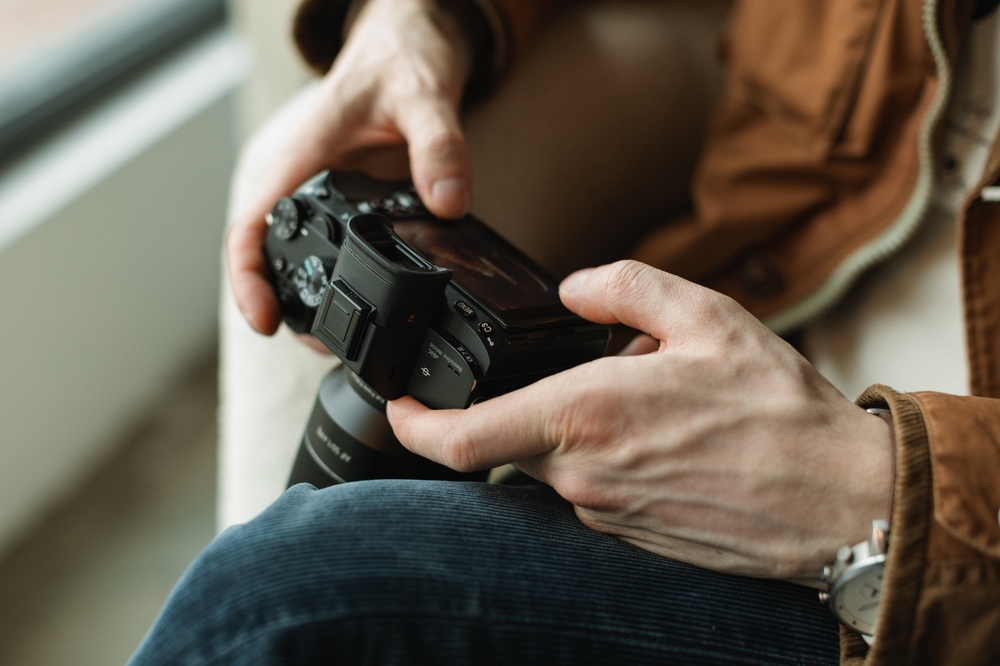
Photo by Creative Nina via Shutterstock
Is back-button focusing better than shutter focusing?
It depends on your needs. Back-button focusing offers more control, especially for recomposing shots or tracking movement. But shutter focusing may be quicker for casual shooting.
Can I still use autofocus with back-button focusing?
Yes! Back-button focusing still uses your camera’s autofocus system. You just activate it with a different button.
Will it work on my camera?
Most DSLR and mirrorless cameras support back-button focusing, even entry-level models. Check your camera’s manual to be sure.
What button should I use?
Most cameras use the AF-ON or AE-L/AF-L button by default. If that’s uncomfortable, try reassigning another button in your custom settings.
Can I switch back to traditional focusing later?
Absolutely. Just reverse the settings and turn autofocus back on for the shutter button. It’s easy to switch between the two methods.
A quick heads-up: If you snag something through our affiliate links or check out our sponsored content, we might earn a commission at no extra cost to you. But fear not, we’re all about recommending stuff we’re truly stoked about!
Learn More:
- Mastering Exposure Compensation: A Beginner’s Guide to Better Photos
- Demystified: An In-Depth Guide to Your Camera’s Histogram
Hero photo by Jaromir Chalabala via Shutterstock

